While the Everest Base Camp adventure is extremely safe, the main danger is altitude. The Everest Base Camp elevation is staggeringly high. Base Camp trekkers spend a significant portion of the trek above 500meters, which opens up opportunities for acute mountain sickness (AMS) and other dangerous conditions. The key to a successful trek is taking appropriate steps for preventing altitude sickness.
What makes altitude sickness so spooky is that anyone can be impacted and symptoms are nearly impossible to avoid along the trail.
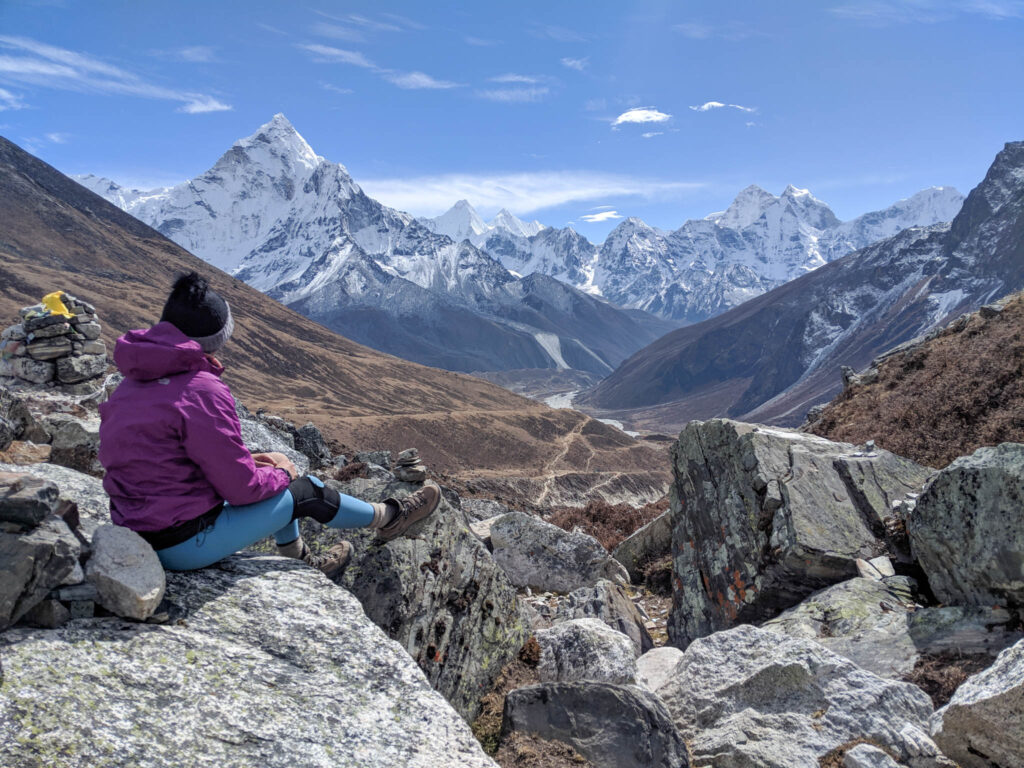
Everest Base Camp Elevation
The Everest Base Camp elevation clocks in at 5,364m (17,598ft). Trekkers also have the option to climb Kala Patthar – which peaks at 5,643m (18,514ft). For reference, this is just shy of the height of Kilimanjaro, the tallest mountain in Africa.
At these high elevations, trekkers are prone to altitude sickness which, if left untreated, can lead to some serious complications. It is important to understand the signs and symptoms of altitude sicknesses so you can monitor them and prepare for the high Everest Base Camp elevation.
What is altitude sickness?
Cleveland Clinic defines altitude sickness as a collection of symptoms that arise from ascending to altitudes with low atmospheric pressure and low levels of oxygen. Typically, anyone climbing over 8,000 feet may be afflicted.
Before we jump into tactics for prevention, let’s quickly talk about the three most common forms of altitude sicknesses that you might experience of hear of on trail:
Acute Mountain Sickness (AMS)
AMS is onset by low blood-oxygen levels, and has an extremely wide range of symptoms including headaches, nausea, fatigue, and congestion. Pretty much everyone who sets out to trek to Everest Base Camp will experience AMS in some capacity, so don’t be alarmed if you have a massive headache on day five.
AMS typically resolves on its own over time as the body acclimates to higher altitudes. When AMS does not resolve or worsens, we need to be careful. Otherwise the risk of developing more serious altitude-related illnesses, HAPE or HACE, is heightened.
High Altitude Pulmonary Edema (HAPE)
HAPE is brought on by extremely low blood-oxygen levels. Blood vessels in the lungs weaken and eventually burst due to a lack of oxygen. If left untreated, HAPE can lead to a build up of fluid in the lungs, coughing up blood, and even death.
Although HAPE impacts very few people on the base camp trek, it is one of the most common causes of death for climbers overall. A person with HAPE likely has strong symptoms of AMS that do not go away. But they may also have some unique ailments, including: severe cough, coughing up blood, and shortness of breath while at rest.
High Altitude Cerebral Edema (HACE)
HACE, similar to HAPE, is caused by extremely low blood oxygen levels. Only it leads to blood vessels weakening and bursting in the brain, not the lungs.
Again, HACE is rare on the base camp trek, and typically only seen in climbers going to the top of the mountain. But it is still good to keep an eye out for. A person with HACE likely has strong symptoms of AMS that do not go away. But they may also have some unique ailments, including: confusion, acting drunk, and severe exhaustion.
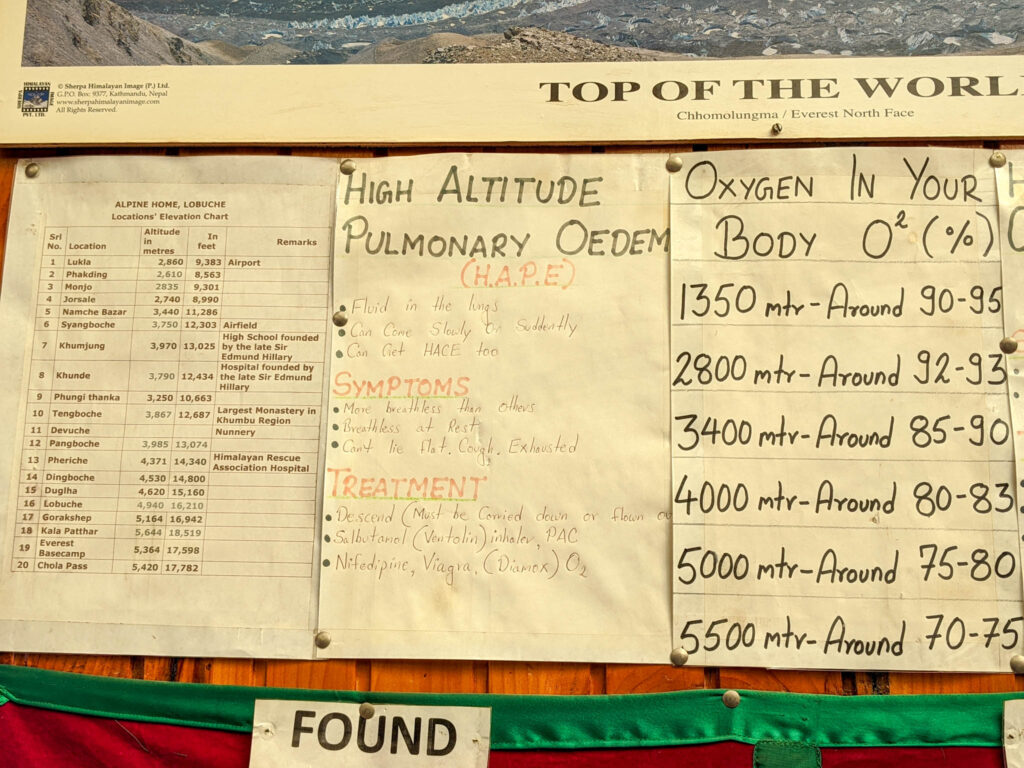
Preventing Altitude Sickness
So… how do we prevent these ailments? Here’s the thing. You really can’t truly prevent altitude sickness, as everyone’s body reacts differently to changing altitude.
That said, there are some steps you can take to manage symptoms of AMS, and ensure you stay safe along the route.
1. Ascend SLOWLY
Bistari, bistari. You’ll hear this phrase thrown around a lot by guides and trekkers alike along the Base Camp trail. It translates to English as: slowly, slowly.
Climbing slowly is the best method of preventing altitude sickness. Altitude symptoms can appear with a vengeance to those who ascend to higher levels too quickly. Your body needs time to adjust, and climbing slowly allows it to gradually level out and adapt. You have a better chance of making it all the way to Base Camp if you walk slowly. It’s also so much more fun – as you get to appreciate the beauty and nature all around you! Stop off for a cup tea, take a rest to soak in the view, or spend a little extra time exploring the towns near you.

It is also very important to dedicate 1-2 days for “acclimatizing”. These days will not progress you towards Base Camp, but will instead help you adjust to higher altitudes. On acclimatization days, it is recommended to hike up to a significantly higher altitude, and then come straight back down to the town where you spent the previous night.
2. Drink A LOT of water
And I mean a lot. More than you think. Dehydration can worsen the symptoms of altitude sickness – so it is important to make sure you are getting enough water so your body can regulate itself. On average, you should be drinking about 2-3 Camelbaks worth of water per day at a minimum.
We weren’t allowed to leave in the morning without drinking one canteen of water, and we weren’t allowed to go to bed if we hadn’t hit our daily quota of fluids. Water is so, so, so important and cannot be overstated – just be sure to purify!
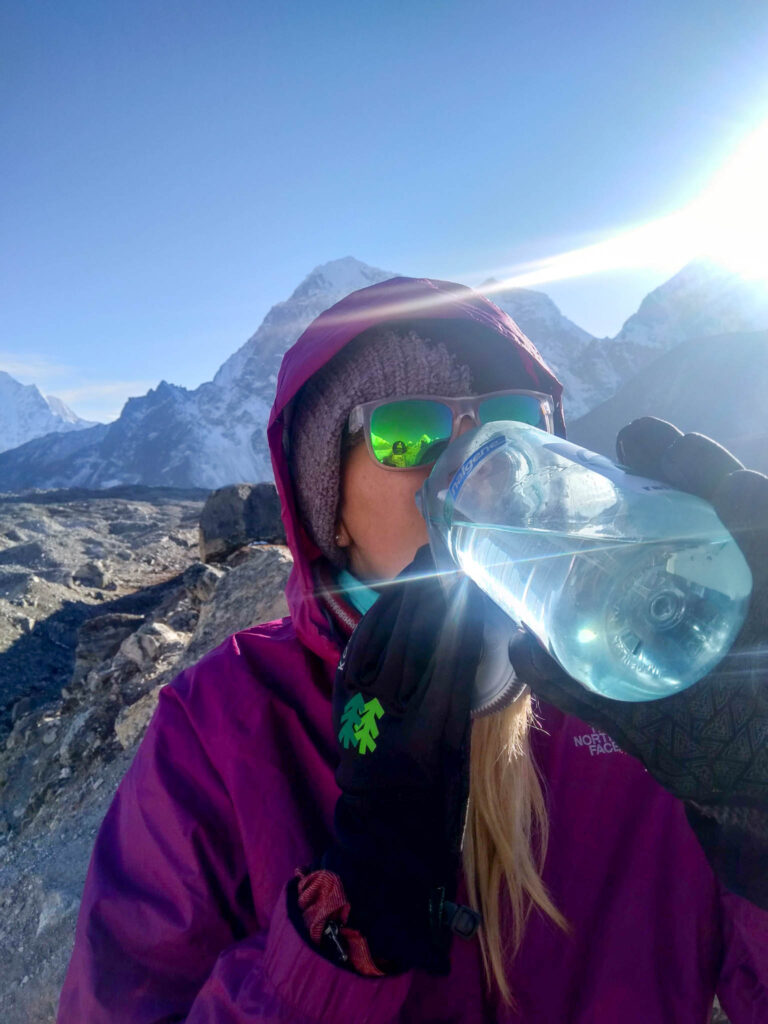
For an extra boost, consider bringing electrolyte tablets for your water supply. Electrolyte tablets are full of key minerals that your body can use to adapt to higher climates. With frequent water consumption comes frequent urination. Electrolyte tables can help maintain balance. Low sodium options are best.
3. Avoid caffeine and alcohol
Caffeine and alcohol can lead to dehydration and can exacerbate the effects of altitude. Best rule of thumb for preventing altitude sickness? Stay off the caffeine and alcohol on the way up, and slam those beverages all along the route down!
4. Make sure you are eating
Altitude symptoms can worsen if you are not eating enough, which is counterintuitive since one of the symptoms of acute mountain sickness is a lack of appetite. Go figure. As you get higher up in the trek, eating actually becomes a chore. You feel so full, and you can barely taste anything thanks to altitude congestion. So just make sure you are choking down something every day.

I recommend bringing power bars or nuts in your pack to eat along the hike. I found it far easier to eat lots of small, calorie-dense snacks and meals throughout the day, rather than large ones in the morning and evening. You’re burning a lot of calories up there (particularly at high altitudes) so make sure you are replenishing the tank!
Check out my Everest Base Camp Food Guide here!
5. Descend to lower altitudes
What is absolutely fascinating about the human body is that, after some time staying put at higher altitudes, our bodies will naturally begin to remedy the symptoms of AMS. If you are experiencing altitude symptoms, chances are they will lessen or disappear in less than 24 hours as your body adapts.
On the Everest Base Camp trek, this is nearly always the case. I vividly remember one grueling trek where it felt like someone was giving me an icepick lobotomy. I walked for 4 straight hours with my eyes closed, only to be perked up and having a snowball fight 2 hours after reaching our destination.

The real danger comes when symptoms get worse.
If you are experiencing multiple symptoms of AMS that do not get better, it might be an indicator of something more serious. Monitor your symptoms, and spend an extra day at your current altitude to see if that helps solve the problem. If your symptoms are worsening, or if new symptoms appear, the only remedy is to descend to a lower altitude as quickly as possible.
One girl on an adjacent trek group had symptoms of HAPE. She had to descend down the mountain at 2 A.M. with a guide because she could not catch her breath and her blood-oxygen levels plummeted. But she caught back up a few days later.
Listen to your body, and listen to your guide. If they say it is time to descend – descend.
6. Climb High, Sleep Low
This is a common notion for preventing altitude sickness among climbers, and for good reason. Altitude symptoms can strike hardest when you are sleeping at high altitudes.
A good rule of thumb? Trek or climb far higher than you plan to sleep to allow your body to experience and acclimate to the higher altitudes. Then, descend low to sleep in more oxygen-rich areas. With this method, you are forcing your body to acclimate during the day, and then giving it time to recuperate and rest at night.
An important note: do not sleep at high altitudes if you are experiencing severe altitude symptoms. Descend to a lower point, give your body time to adjust, and catch-up in the morning.

7. Consider taking Diamox
Diamox is an oral tablet known for preventing altitude sickness and symptoms of AMS by reducing the build-up of water in the body, a common precursor to HACE or HAPE. It is recommended to begin Diamox 2-3 days before the trek all the way until you have descended back down to your starting point.
I took Diamox for my trek, as did several others on our team. That said, many complete the journey just fine without Diamox – so it really is personal preference here. As with all medication, it can have some side effects and might not be the best solution for your body. Check in with your doctor before heading out on your trip to discuss whether a Diamox prescription makes sense.
8. Listen to your body, and don’t be a knucklehead
Now, you may be thinking: “Gee! I’m in great shape and I run every day. I’ll be totally fine!”
I will refer you back to my previous point where I say that altitude sickness really doesn’t care who you are. On any given day, anyone can succumb to its effects.
Let me give you an example: In one trekking group that we kept running into along the route, there was a 28-year-old ironman runner from Australia, and a 70-year-old Irish man who drank Guinness the entire way up the mountain. I’ll give you one guess as to which one developed HAPE and had to be airlifted out of the park and back to Kathmandu on the fourth day of trekking.
Here’s a hint: it wasn’t the Irish dude.
So you see? Fitness level and age aren’t necessarily indicators of who will be impacted by altitude. That is why it is so important to monitor your symptoms.
When it comes to altitude, “just powering through” is far from the wisest approach. It can lead you to some serious trouble. That is why it is important to listen to your body and your guide. If your symptoms are getting worse, let others know and monitor them. If a guide (or your body) tells you that it is time to turn around, turn around. It can be frustrating to leave prematurely, but even “two hours further” can cause some damage.
That’s all, folks!
Hopefully these tips help you better prepare you for the high Everest Base Camp elevation!
Do you have any experience trekking or climbing at high altitudes? Drop a comment below with your tips and tricks!
For more Everest Base Camp tips, check out my ultimate Everest Base Camp Guide here.
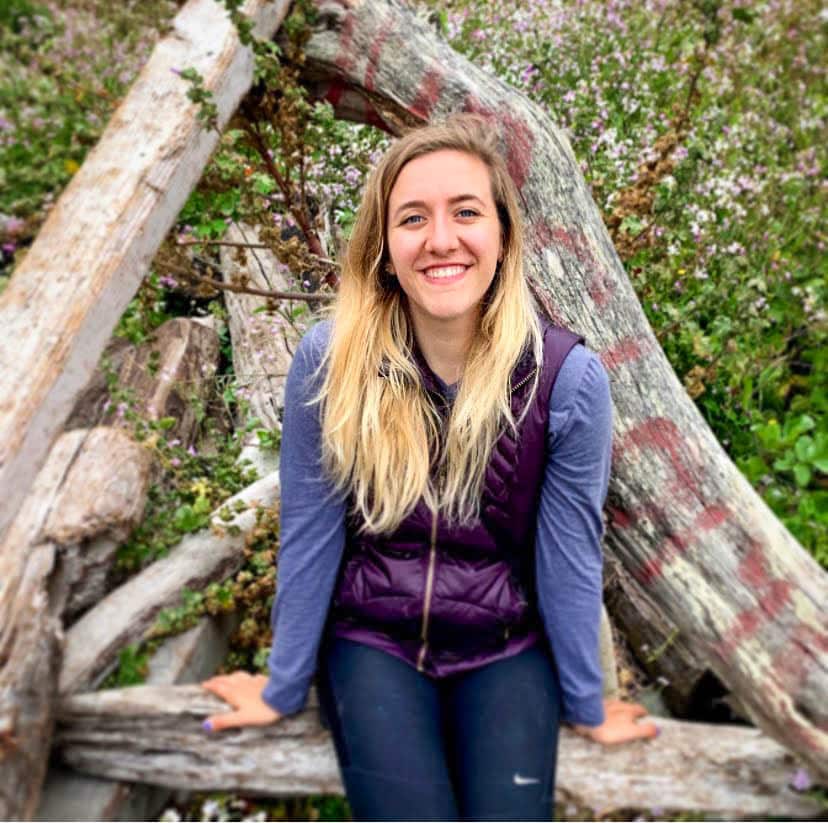
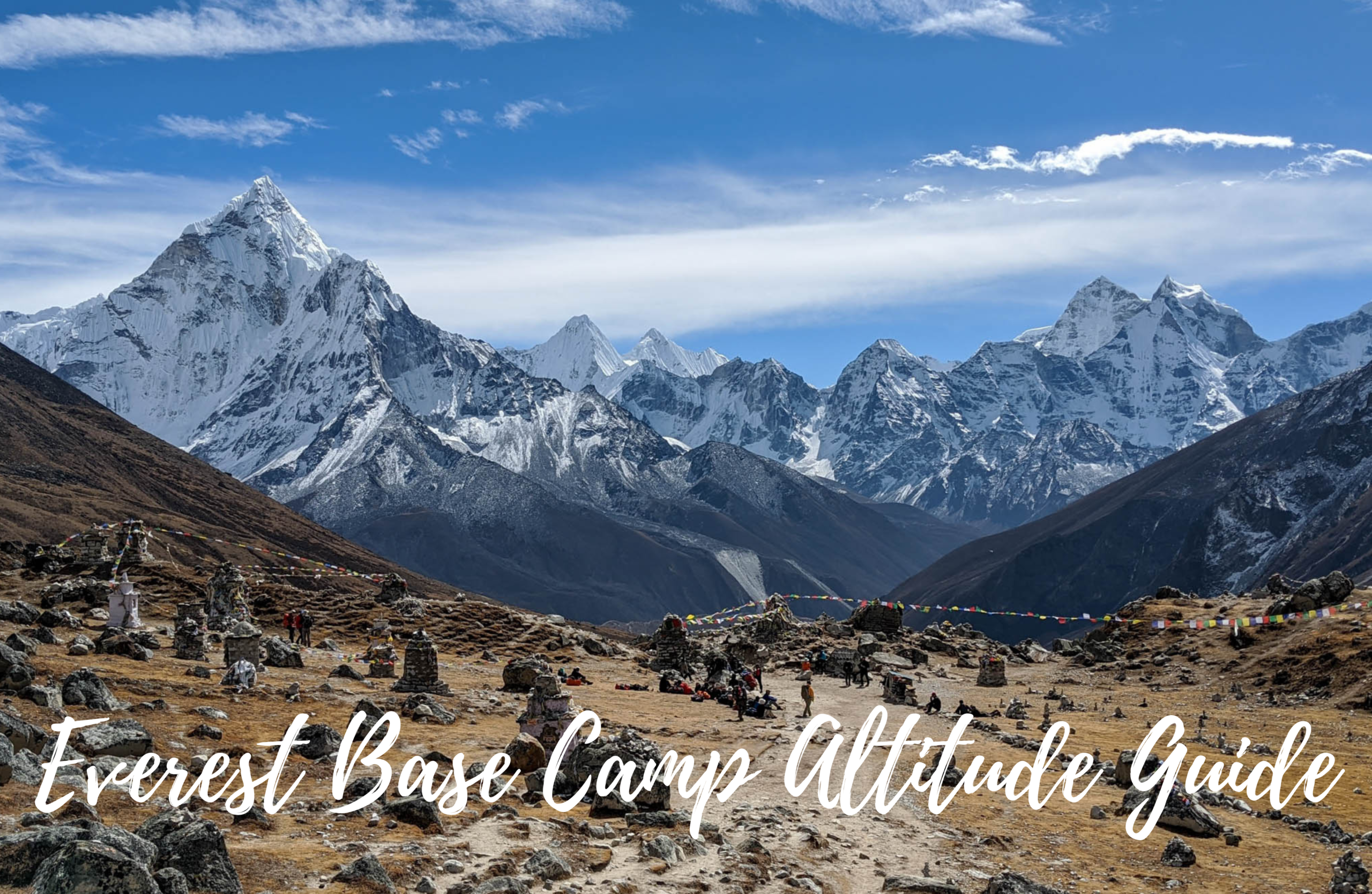
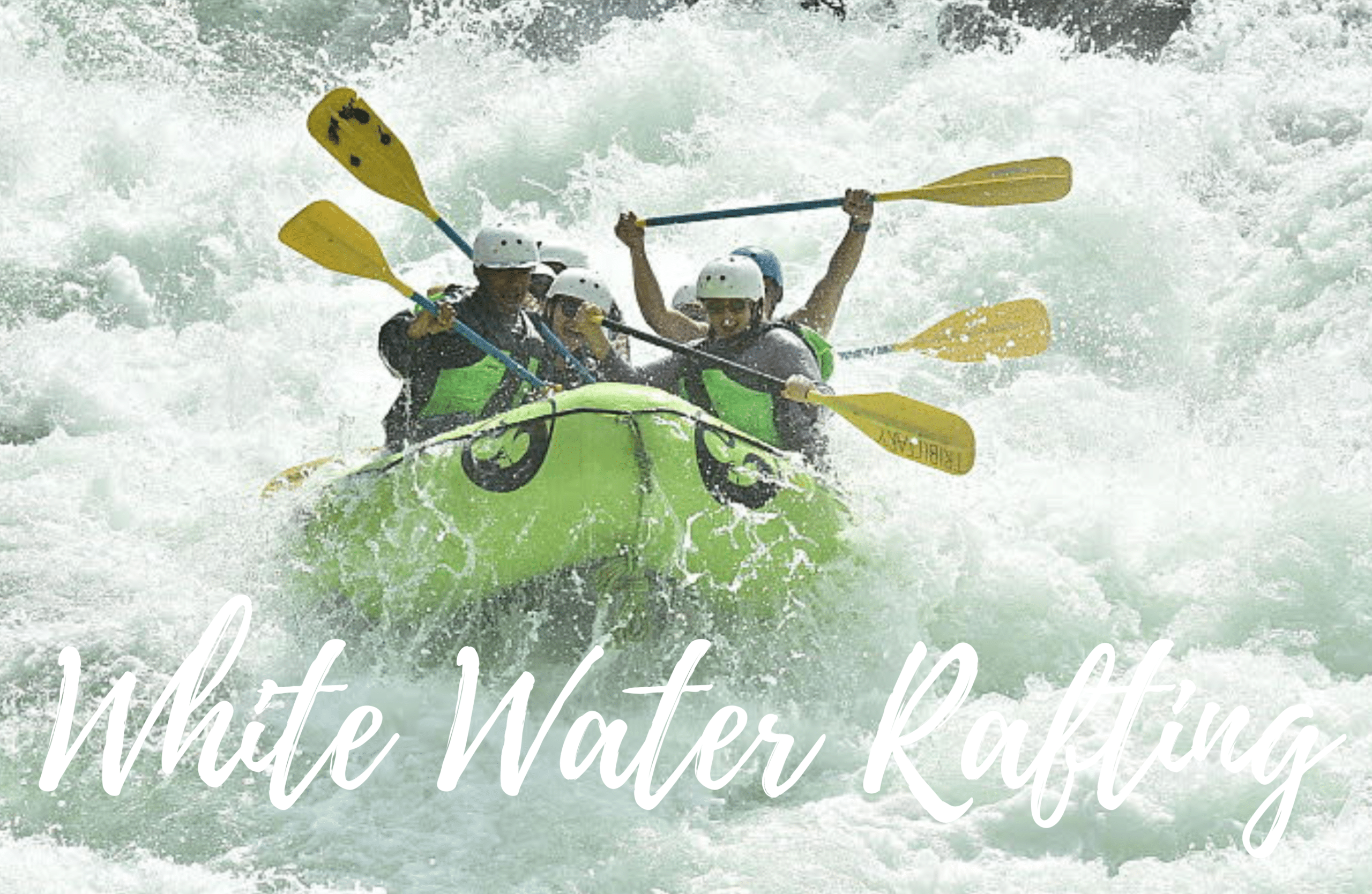
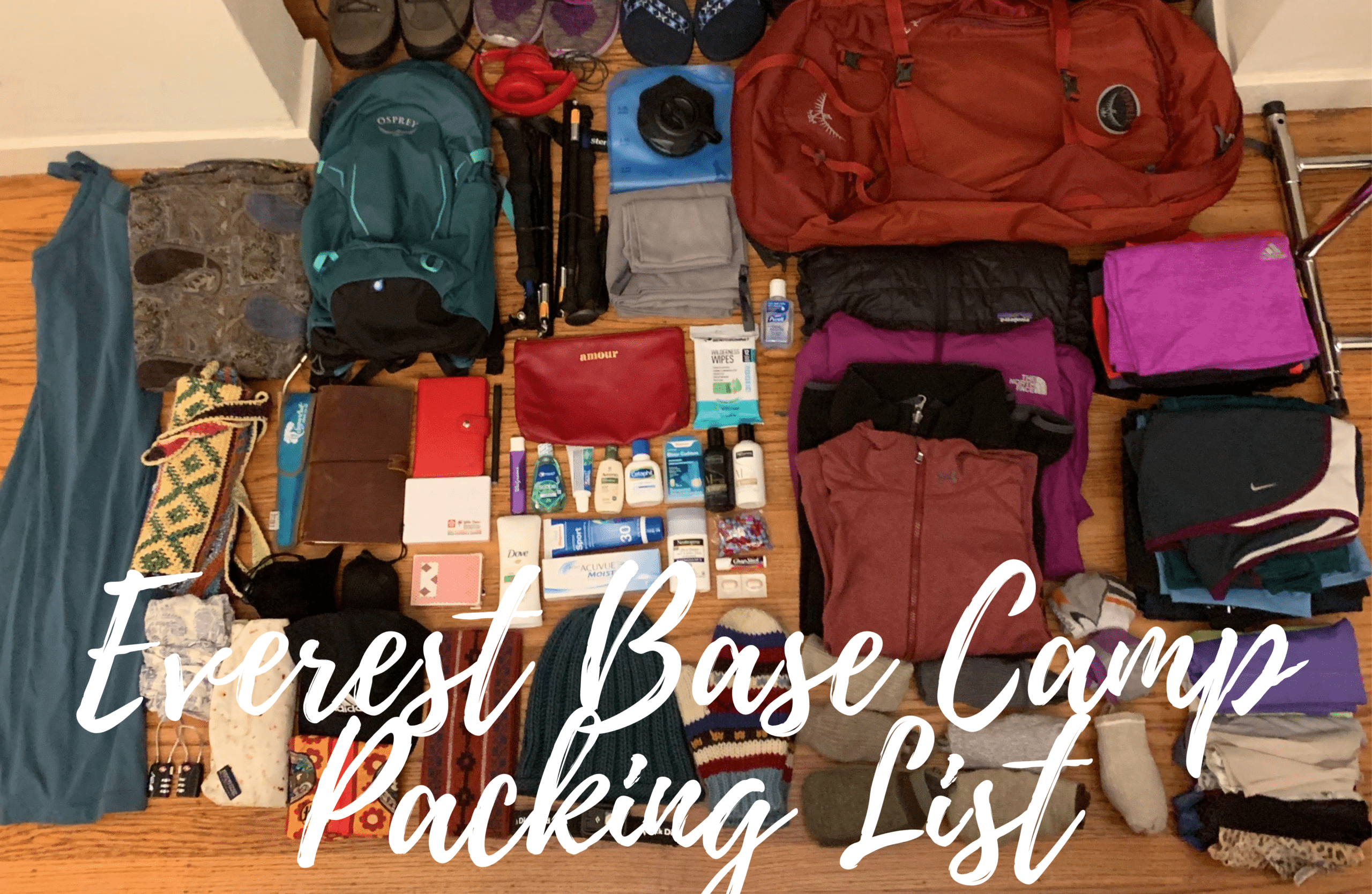




0